Introduction to Linen
Linen is a top class natural fiber, including options like linen seafoam green encompassing diverse varieties of linen material derived from the woody interior of flax plants (Linum usitatissimum), precious for hundreds of years for its energy, breathability, and undying aesthetic.
Recognized as one of the oldest textiles in human history—courting returned over 36,000 years—linen production has a wealthy history of linen products, consisting of luxurious 100 pure french linen sheet, that dorned pharaohs, lined historical tombs, and keeps to steer cutting-edge style and domestic design.
Eco-aware clients and fabric enthusiasts admire linen garments and merchandise made from fibers from the stalks for his or her low environmental effect and luxurious sense, which showcases notable linen fabric properties . Its mild texture and moisture-wicking residences make it best for use in hot and humid climates, while it tends to retain moisture and its sturdiness guarantees long-term usability.
Though area of interest because of its hard work-extensive manufacturing, linen remains a staple of herbal residing, bridging historic culture with current sustainability.
What Is Linen?
Linen is a textile made from the inner fibers from the interior of flax stems, stalks of the flax fiber plant. Unlike synthetic materials, linen fabric produced from 100 pure french linen is 100% plant-based, biodegradable, and rich in texture and history, showcasing its fabric impact the environment.
Texture, Weight, and Appearance
Linen is crisp yet softens with use, giving it a lived-in, elegant look, which reflects the properties how its made . It normally has a slightly coarse texture when new, but with time and proper care, it will become supremely easy and gentle.
Linen fabric, consisting of linen pillowcases, range from lightweight sheers to medium-weight weaves suitable for upholstery or outerwear.
Its visual appeal lies in its natural luster and diffused slubbing, that are elements seen in different kinds of linen —small, textural imperfections that highlight its natural origins.
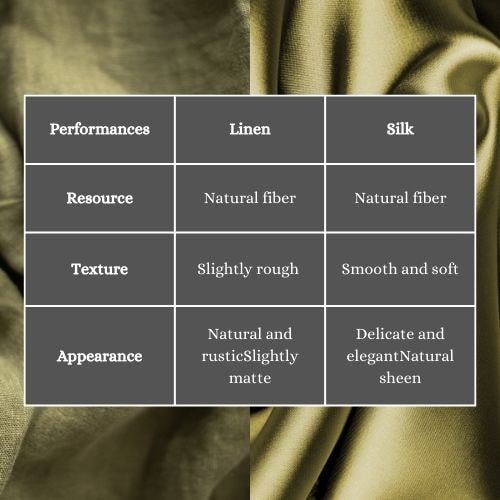
Popularity in Warm Weather
Thanks to its moisture-wicking abilities and linen fabricproperties, breathability, unlike synthetic textiles natural linen fibers make it a go-to choice for warm-weather clothing, summer bedding, bath towels and tropical home décor. Its ability to keep the body cool and dry even in high humidity has made it a global favorite in seasonal wardrobes and hospitality settings.
What Is Linen Made Of?
Linen is crafted from the internal bast fibers of the flax plant (Linum usitatissimum), extracted from the flax stalks one of the oldest cultivated vegetation in the global. These long, silky fibers run alongside the stem of the plant and are prized for his or her herbal power, breathability, and moisture-wicking houses.
Unlike artificial fabrics crafted from petroleum-primarily based chemical substances, linen is one hundred percent plant-based and biodegradable, unlike cotton which tends to require more resources, incurring prohibitive overhead costs, making it a top preference for environmentally conscious customers as compared to cotton production.

The Process of Making Linen
The journey from flax to fabric is labor-extensive and entails several traditional yet crucial steps. First, the flax vegetation are harvested, typically by pulling them up from the roots as opposed to slicing, to keep the total length of the fibers.
The stalks are then specified in fields for retting, a microbial manner wherein moisture (from dew or water) breaks down the natural glue (pectin) that binds the fiber to the woody middle.
Next comes scutching, in which the woody components are crushed and eliminated, observed by using heckling, in which the fibers are combed to split and align them. These smooth flax fibers are then spun into yarn and woven or knit into linen fabric.
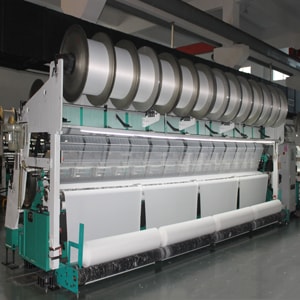
The whole method emphasizes low-waste, sustainable practices, and no part of the flax plant, together with flax seeds, goes unused—byproducts are frequently utilized in linseed oil, paper, or insulation.
Flax: A Natural Wonder Crop
Flax is taken into consideration a sustainable crop because of its minimum water necessities, speedy boom cycle, and capacity to thrive without heavy pesticide use, which can be tested thru flax production among farming linen fabric certifications. It additionally improves soil high-quality and supports biodiversity, making it a extra environmentally responsible alternative to cotton in lots of regions.
Ultimately, mustard linen shawl collar clothes are greater than simply cloth—it is the end result of a harmonious dating among nature and craftsmanship, providing both elegance and eco-aware advantages.
Where Does Linen Come From?
Linen comes from the flax plant, which thrives in temperate climates with well-drained soils. The manufacturing of plain woven linen is deeply rooted in areas with centuries-old fabric traditions and favorable developing situations.
When asking where does linen come from, the solution lies in some key elements of the sector that hold to steer in both satisfactory and quantity.
Major Linen-Producing Regions
Belgium and France, specially the Normandy vicinity, are global-famend for producing the best best flax fibers and an array of damask linen, consisting of the famous french linen sheet set. These regions provide best weather conditions—cool, damp weather and fertile soil—that guide sturdy, lustrous fibers used in high-cease linen
China is another important player in linen manufacturing, providing a wide sort of low cost linen fabric for global markets. Meanwhile, international locations like Egypt and those in Eastern Europe keep longstanding traditions in flax cultivation, presenting each raw substances and woven fabrics.
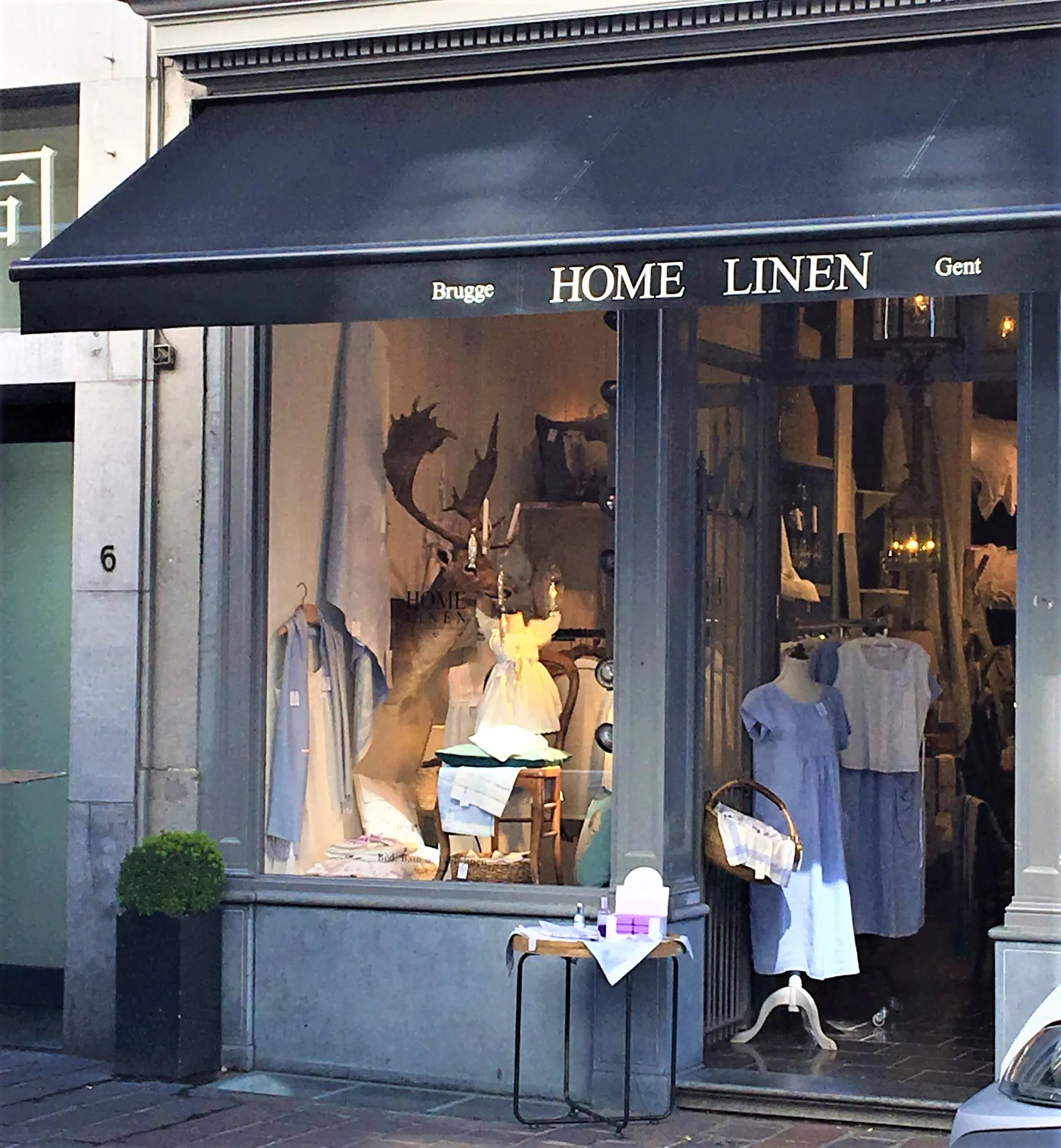
Historical Roots
The query wherein does linen come from additionally leads us returned through records. Linen has historical origins, relationship lower back over 9,000 years. Archaeological evidence suggests its use in Mesopotamia, ancient Egypt, and Greece, where it was prized for clothing, burial shrouds, and ceremonial clothes. Linen’s legacy as one of the earliest cultivated textiles is testomony to its lasting cost.
Sustainable Sourcing
Modern linen fabrics, specially that grown in Europe, is widely known for its sustainability, particularly in how linen fabric used aligns with eco-friendly practices. Flax calls for minimum irrigation, is frequently rain-fed, and leaves little waste, as each part of the plant is used. Certified organic or OEKO-TEX® linen similarly ensures secure and environmentally accountable production, making it a smart desire for eco-aware purchasers, particularly with linen fabric certifications available.
Key Characteristics of Linen Fabric
Linen stands out among natural fibers for its exceptional qualities:
Linen is a natural fibers that has earned its reputation for being both functional and environmentally friendly. Its fabric possible thread count unique properties make it one of the most desirable textiles for clothing, including line maxi skirt, linen wrap skirt home furnishings, and more.
Breathability and Moisture-Wicking in loose woven linen are among linen’s most celebrated features in natural fabrics . Thanks to its herbal fiber shape, linen permits air to flow into effortlessly, however it additionally has a tendency to keep moisture. And absorbs moisture with out feeling damp. It dries fast, making it perfect for hot-weather wear or humid climates.
Durability and Longevity additionally set linen apart. It’s recognized to be as much as 30% stronger than cotton, resisting put on and tear despite frequent use. With right care, linen gadgets—whether or not clothes, bed linens, or tablecloths—can last for many years.
While linen may experience crisp or maybe coarse to start with, it softens with each wash, becoming more supple and high-quality to touch through the years, with possible thread count variations, no matter its heat retention in overly warm situations and its resistance to heat inducing solar rays . This ageing manner complements its appeal, making older linen portions mainly valued, no matter its retention in overly warm conditions.
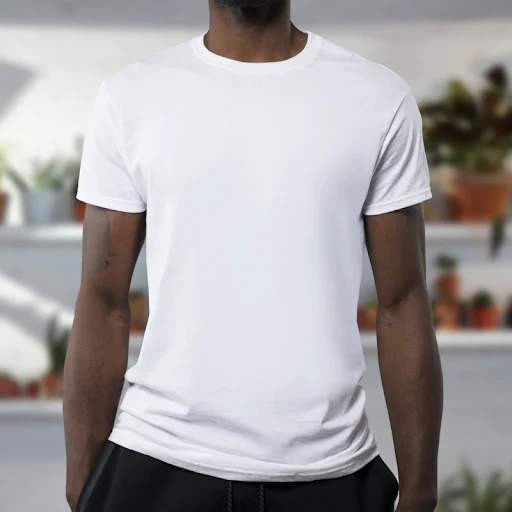
Linen’s natural antibacterial and hypoallergenic homes make it a outstanding alternative for people with sensitive skin or hypersensitive reactions. Additionally, the cloth viable thread count number of linen, because it’s miles crafted from the flax plant, makes it absolutely biodegradable and eco-friendly, and there are viable thread remember variations.
When disposed of, it decomposes evidently within some weeks, making it a sustainable textile preference that aligns with environmentally conscious existence, including options for bed sheets.
Common Uses of Linen fabrics
Linen is prized not handiest for its natural beauty and sustainability but also for its tremendous versatility, especially when crafted using a foot powered flax wheel . Its strong, breathable fibers make it suitable throughout a huge variety of industries, from style and domestic décor to arts, wellbeing, or even industrial applications.
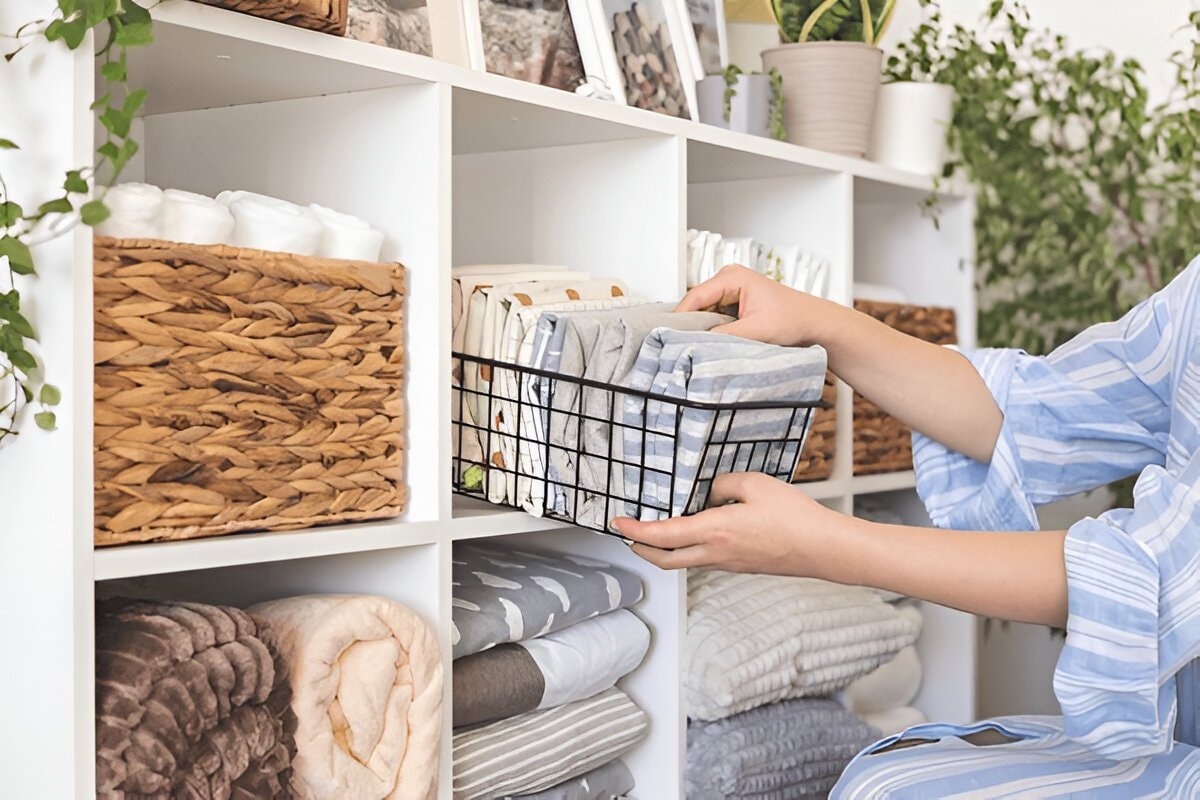
Fashion
In the sector of fashion, linen shawl collar wrap dress garments, as well as linen a line maxi patterns, are a pass-to fabric for hot-weather clothing. Its breathability and moisture-wicking residences maintain the body cool, making it ideal for shirts, attire, skirts, trousers, and summer jackets. Designers regularly want linen for its herbal drape and barely textured appearance, including subtle elegance to clothes. Beyond clothing, linen is famous in add-ons together with light-weight scarves, solar hats, belts, and linen-mixture tote baggage, offering both style and practicality.
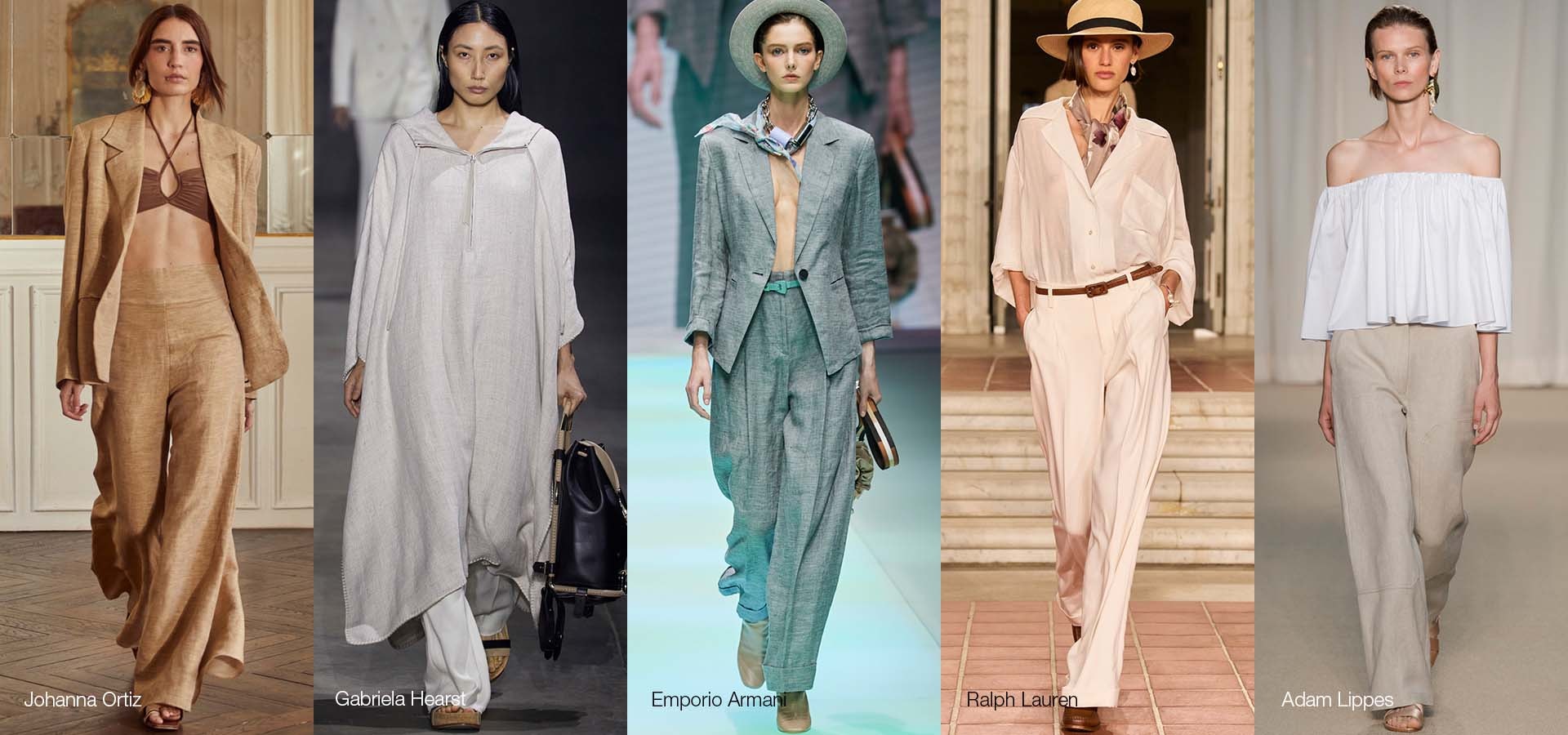
Home Textiles
Linen is a staple in indoors design due to its undying appeal and capability. Linen bedding—which include sheets, pillowcases, and cover covers—is cherished for its tender texture and temperature-regulating properties. In the kitchen, linen dish towels, aprons, and napkins offer a long lasting, absorbent, and brief-drying alternative to other fabrics. Curtains, upholstery covers, table runners, and throw pillows crafted from linen bring an understated beauty to any residing space.
Specialty and Industrial Applications
Linen’s electricity and durability make it perfect for artist canvases, in which it is preferred by means of experts for its archival exceptional and resistance to decay. It’s additionally determined in eco-conscious packaging, bookbinding, and stationery. In the wellbeing area, linen is used for spa linens, rub down table covers, and yoga bolsters, due to its hypoallergenic and antibacterial residences.
Linen is even used in automobile interiors, business insulation, and eco-construction materials, highlighting the impact of flax production as a part of sustainable design improvements.
With its blend of capability, durability, and eco-friendliness, linen continues to be a timeless fabric that suits into each traditional and cutting-edge lifestyles.
What Different Types of Linen Fabric Are There?
Linen material comes in a whole lot of types, inclusive of those appropriate for reusable diapers, including those produced through soaking raw flax stalks, each offering unique textures, finishes, and perfect makes use of, including those made with a spinning frame. Understanding those differences can help in selecting the proper linen for particular purposes, whether or not in fashion, domestic décor, or crafts.
1. Plain-Woven Linen (or Loosely Woven Linen)
This type is understood for its mild weight and immoderate absorbency. It is often used for cleaning cloths, dish towels, or handkerchiefs. Its loose weave allows for quick drying, making it ideal for objects regularly exposed to moisture.
2. Damask Linen
Damask linen is woven on a jacquard loom and capabilities intricate styles, usually in a monochromatic coloration scheme. It has a easy texture with a subtle sheen and is commonly used for tablecloths, napkins, and decorative gadgets. While pricey, damask linen is much less durable than simple-woven types and higher suitable for formal events.
3. Huckaback Linen
Often discovered in towels, huckaback linen has a tighter weave with small, geometric textures that decorate its absorbency. It’s preferred in lavatories and spas for hand and bath towels due to its softness and effectiveness in drying
4. Sheeting Linen
This is a heavier and wider type of linen perfect for bed linens and clothing. Its durability and luxury make it popular for sheets, nightwear, and unfastened-fitting clothes.
5. Toweling Linen
Designed specifically for towels and tub add-ons, toweling linen is woven to be thick and enormously absorbent, with unique weights to be had for numerous applications.
Each type of linen cloth combines natural beauty with functionality, presenting choices proper for one of a kind environments and life.
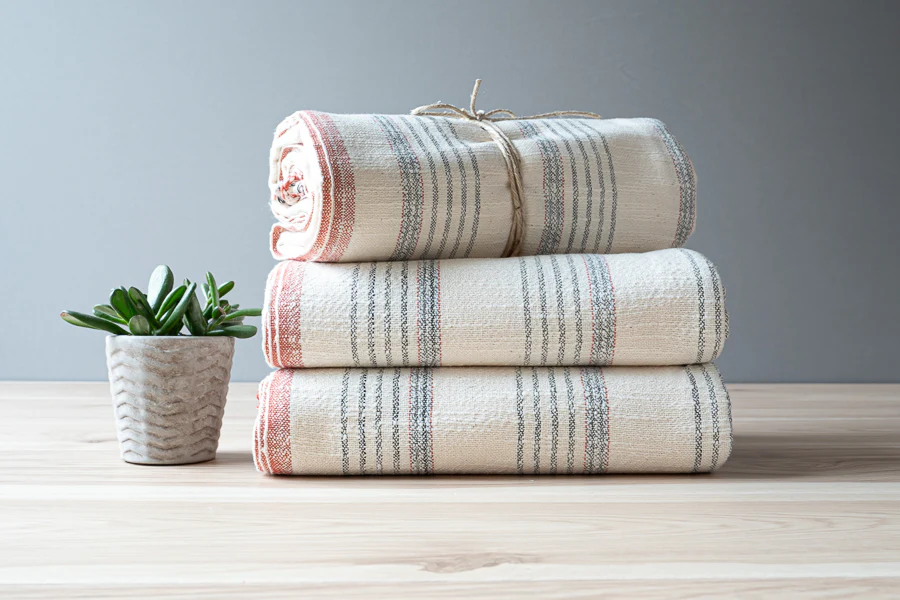
Pros and Cons of Linen
Pros | Cons |
Natural, breathable, and biodegradable | Wrinkles easily |
Gets softer over time | Can feel coarse initially |
Stronger than cotton | Higher cost compared to synthetic blends |
Antibacterial and hypoallergenic | Requires gentle care |
Linen is a conscious choice for quality over convenience—perfect for consumers valuing sustainability and longevity, which can also affect how much does linen fabric cost .
Linen vs Other Natural Fabrics
Comparing linen with other popular natural fabrics helps illustrate its strengths:
Linen vs Cotton
Feature | Linen | Cotton |
Breathability | High | Medium |
Durability | Excellent | Good |
Texture | Crisp, softens with time | Soft, less structured |
Sustainability | Very high | Moderate (varies by type) |
Linen vs Hemp
Feature | Linen | Hemp |
Fiber Source | Flax plant | Hemp stalk |
Texture | Smoother, more elegant | Coarser, more rugged |
Production | Labor-intensive | Easier to process |
Use | Fashion, home textiles | Industrial, casual wear |
Linen occupies a premium space—delivering both comfort and environmental responsibility in balance.
How to Care for Linen Fabric
Proper care enhances linen’s longevity and texture:
Washing
- Machine wash on a gentle cycle with mild detergent.
- Avoid bleach or harsh chemicals.
- Wash dark and light linen separately to preserve color.
Drying
- Air-drying is best to prevent shrinkage and wear.
- Tumble dry on low for a soft finish—remove while slightly damp to avoid excessive wrinkling.
Ironing & Storage
- Iron while damp or use a steam iron on medium heat.
- Store linen items folded in a cool, dry place—avoid plastic containers which can trap moisture.
Care Tips
- Linen gets softer with use—don’t over-wash.
- Spot-clean stains quickly to preserve fabric integrity.
- Use fabric-friendly moth repellents during off-season storage.
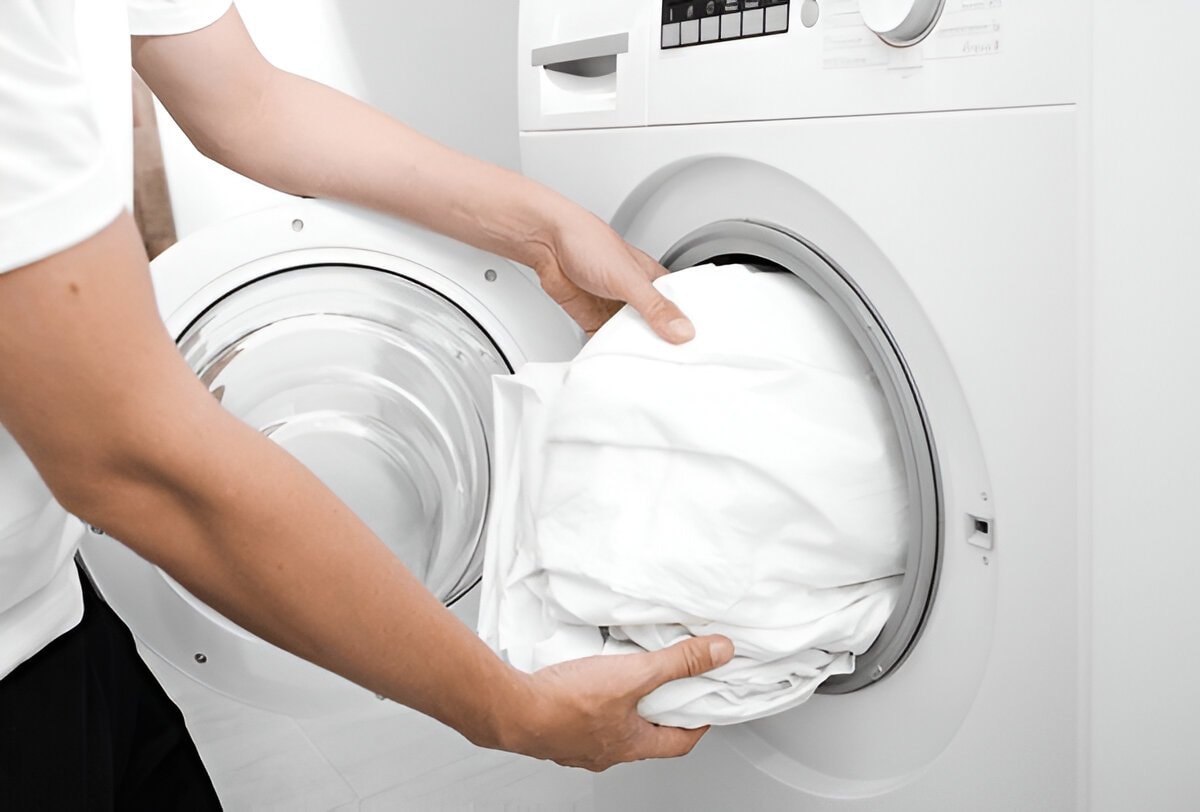
Final Thoughts: Why Linen Is a Staple of Natural Living
Linen cloth is a lot greater than a summer season trend—it’s a legacy textile that maintains to evolve with eco-aware existence.
With origins in historical civilizations and present day programs throughout fashion and domestic décor, high priced a hundred natural french linen represents sturdiness, sustainability, and understated luxury.
Whether you’re trying to revamp your dresser with breathable garments like a scarf collar wrap get dressed or looking for herbal alternatives for your property, linen gives a timeless solution.
While it could wrinkle, it rewards you with character, comfort, and self belief on your environmental choices.





